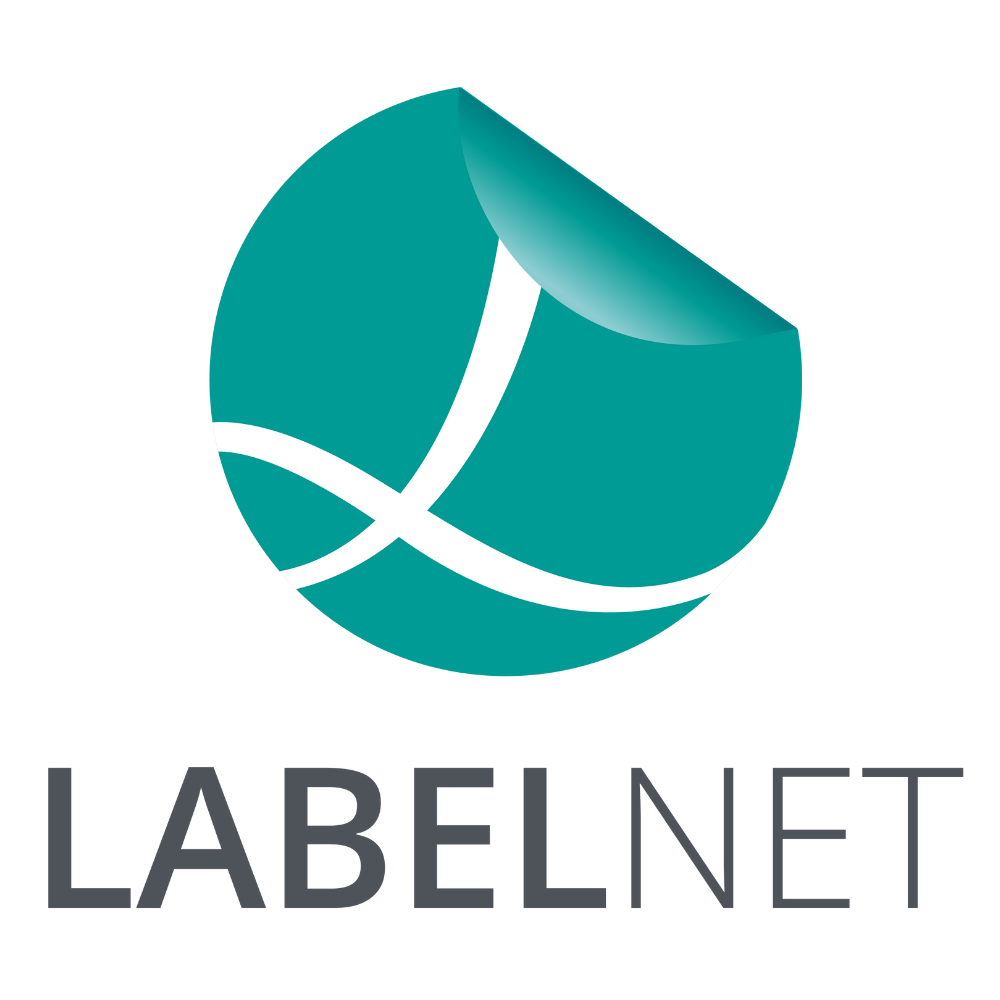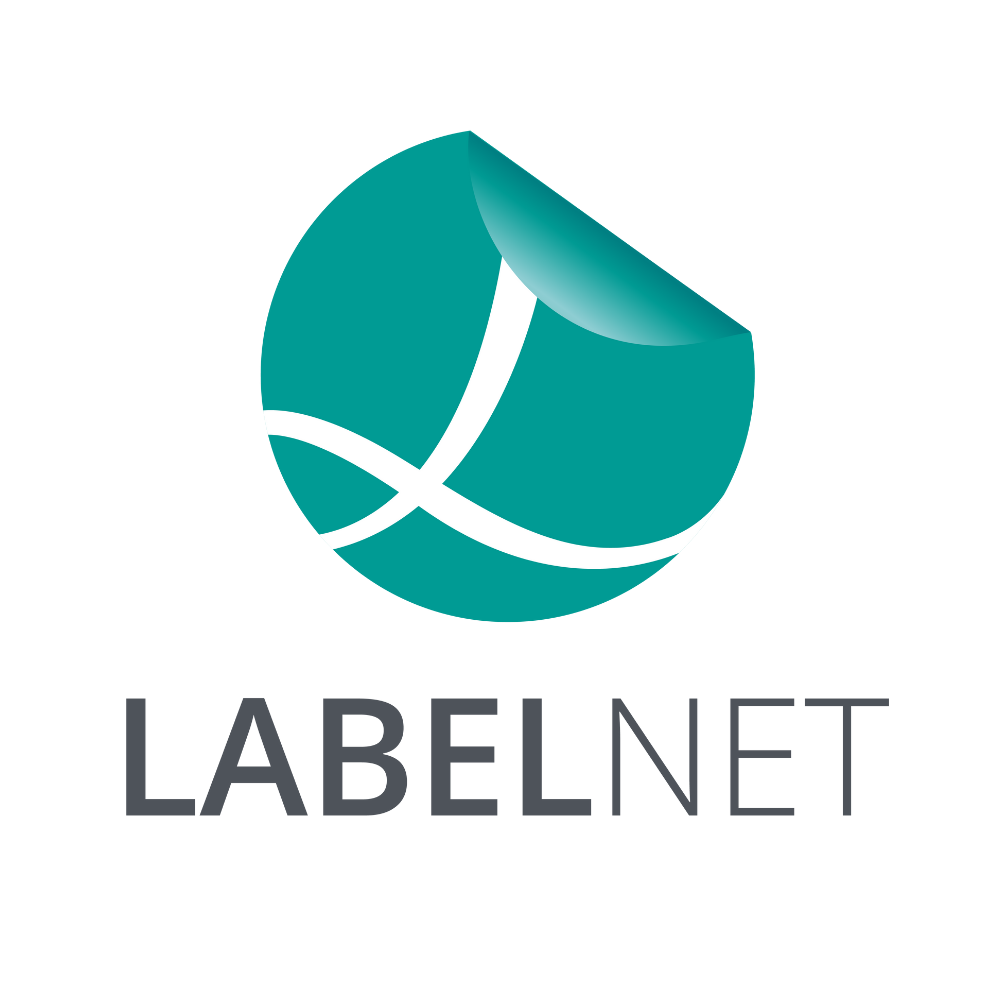.png?width=1500&name=Hubspot%20Blog%20Images%20(88).png)
Best Practice Tips for Custom Label Design
A great custom label can boost sales and create a new band of loyal customers. Follow these simple tips to get the design right.
Creating the right labelling is as important a part of the overall design and marketing process as creating the right product. Whether you are selling a can of soup or a laptop computer, yours might be better than all the rest, but buyers will keep walking unless the labelling convinces them that this is the product that will meet their needs.
This is the age of market segmentation, and designing the right custom labels for your products involves more than simply creating something that looks appealing. It must communicate your brand, letting customers know what you stand for, and at the same time it must reach out to them on a personal level, leaving them in no doubt that this is the product for them.
A team effort
That is a lot to be achieved from one simple label, which is why getting a professional designer involved at the outset is so important. However, while a designer can transform a great idea into reality, nobody knows your product, your brand and your customers better than you, so the design process has to be a collaborative one.
Use the right software
It might be tempting to noodle about with some ideas in Photoshop or even Microsoft Word, as these are programs that are familiar to us all. However, all you are effectively doing is adding unnecessary steps and complications to the process. Word, for example, automatically converts artwork into RGB format, but as this is not supported by most commercial presses, it will need to go through a conversion process.
As well as adding time and cost, it increases the risk that the end result will not be quite the same as you envisaged. Far better and safer to work with software such as Adobe Illustrator from the outset, then everyone is talking the same language and no conversions will be necessary.
Consider the big picture
Creating a label that looks beautiful there on your desk in pre-production is one thing. But think about how it will look when it goes to market. For example, a bottle of tomato sauce is going to be jostling for shelf space, surrounded by other bottles of tomato sauce. Yours needs to stand out, but not be overbearing. It shouldn’t look out of place, but neither should it be too similar to its competitors.
Getting the label right in the context of the product’s retail placement involves walking a fine line, and it is something you need to keep in mind at every stage in the design process, or you could be setting yourself up for a major, and expensive, fall.
Let your product do the talking
Sometimes, particularly in the food sector, the label needs to take a back seat and allow customers to instead get a good look at what they are buying. Consider the pre-packaged sandwich market, for example. Here, if the buyer can see a delicious-looking filling in a generous helping, that is far more powerful than covering the sandwich with a label that says how good it is. In cases like this, smaller labels, or even transparent ones are the order of the day.


